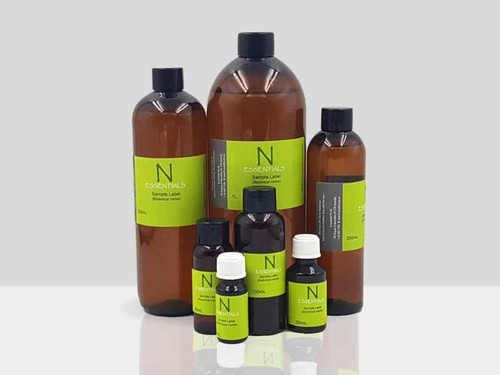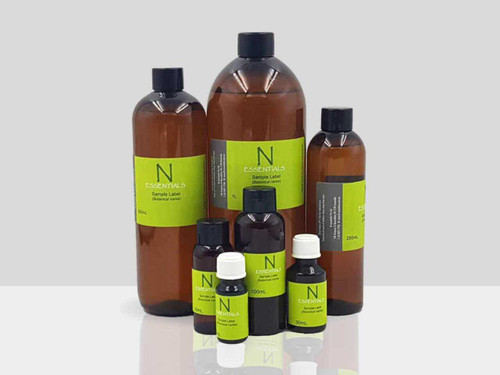Description
Buy Neem Oil For Hair Online In Australia
- Botanical Name: Azadirachta indica
- Extraction method: Cold-pressed from the seeds of neem tree
- Colour: Brown
- Status: Virgin
What Is Neem Oil?
Neem oil is a carrier oil that is extracted by cold pressing from the seeds of the evergreen neem tree. It has a heavy, pungent aroma and varies in colour from green-brown to golden-yellow to dark brown, depending on the extraction process. Neem oil is one of India's most well-known carrier oils, and it has been dubbed the "Indian Lilac" due to its versatility in hair care applications.
Neem Oil Uses and Benefits
Neem oil has a multitude of uses. It finds its place in a variety of cosmetic products and is a common ingredient in hair care and skin care formulations.
Neem Oil For Haircare
Neem oil is a traditional ingredient in many hair care products. In combination with other oils, like coconut oil, it can be used as part of a routine hair care regimen.
In hair care, this oil can help clean your hair by washing loose flakes from the hair. It gives your hair the appearance of being moisturised and can even help with detangling. For shinier and stronger-looking hair, we recommend blending neem oil with coconut oil and lavender essential oil.
Neem Oil For Skin Care
While neem oil is most popular in beauty applications, it is also appreciated for its versatility in everyday applications. Its distinctive aroma and natural properties make it a valued addition to soaps, conditioners, and other household formulations.
CAUTION: Due to the potency of the oil, best to mix it with another carrier oil when applying to larger parts of the body. Apply using a cotton ball and wear disposable gloves. Also, neem oil may solidify at lower temperatures. Thus, prepare a bowl of warm water and place the container in it. Neem oil should only be used externally.
Additional Details
FAQs
What Is Neem Oil Made From?
Neem oil is extracted from the seeds of the neem tree (Azadirachta indica), a plant indigenous to the Indian subcontinent. The seeds are cold-pressed to produce this distinctive oil, known for its rich colour, earthy aroma, and versatility in beauty and personal care application and other household applications.
What can I blend with Neem Oil?
Where To Buy Neem Oil In Bulk At Wholesale Prices Online Near Me?
Discover the versatile benefits of Neem Oil at N-Essentials!
If you are wondering where to buy neem oil for hair or for gardening, N-essentials has the best in store for you. N-essentials is your one-stop destination for a broad range of pure and natural hair care and cosmetic products. You can also contact us for more information. Buy neem oil and other wholesale essential oils online today for delivery within Australia.
- SKU:
- CONEE























